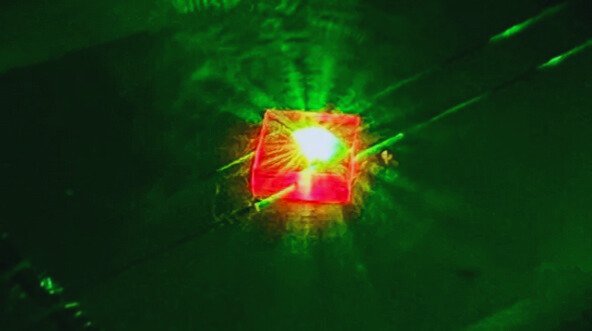Time Quasicrystals Unveiled: The 2025 Quantum Breakthrough Redefining Time and Motion

Imagine a discovery so wild it rewrites what we know about time, motion, and the quantum world. That’s exactly what physicists have done with their latest breakthrough: a time quasicrystal. Announced in April 2025 and published in Physical Review X, this isn’t just another science headline—it’s a leap into the future of quantum mechanics. Picture time crystals, first discovered in 2016. They’re not your grandma’s shiny rocks but a bizarre phase of matter that moves forever—in perpetual motion—without needing energy. Think of a watch that never needs winding. Chong Zu, an Assistant Professor of Physics at Washington University in St. Louis and a lead researcher, says while regular crystals repeat patterns in space (like diamonds or salt), time crystals repeat in time, their atoms dancing at a steady frequency. But they’re fragile—super sensitive to heat or magnetism—which makes them tricky yet fascinating.
Now, in 2025, the team’s gone further with the time quasicrystal. Unlike standard time crystals, this one doesn’t repeat its pattern. Ever. It’s “ordered but not periodic,” as the researchers call it—a dance where every step is unique yet flows perfectly. That means it vibrates at different frequencies, setting it apart in the quantum technology world. How’d they do it? They took a tiny, millimeter-sized diamond and blasted it with nitrogen beams, kicking out carbon atoms to create millions of microscopic pockets, each a micrometer wide. Electrons flooded these gaps, sparking quantum interactions. Then, with microwave pulses, they set the rhythms in motion. MIT’s Bingtian Ye explains, “The microwaves create order in time.” It’s a mind-bending mix of science and innovation.
This isn’t just cool lab stuff—it’s a big deal for quantum mechanics. Zu says it confirms core theories about the quantum world, a win for science geeks everywhere. But the real excitement? Practical impact. These time quasicrystals could transform quantum computing by storing quantum memory long-term, like a quantum RAM. Their fragility is a superpower for ultra-precise sensors, picking up tiny shifts like magnetism. And for precision timekeeping, they could lead to clocks so accurate they redefine time itself. We’re years from seeing this tech in action, but it’s a massive first step toward next-gen materials and emerging tech solutions.
As of April 2025, quantum innovations are trending hard, and the world’s buzzing about what’s next. Time quasicrystals might not be in your pocket yet—Zu admits practical use is still a ways off—but they’re unlocking a new chapter in understanding time and motion. Whether you’re into quantum physics, cutting-edge gadgets, or just love a good “whoa” moment, this is worth watching. The quantum revolution is heating up, and with breakthroughs like this, the future’s looking wild. Stay curious!








